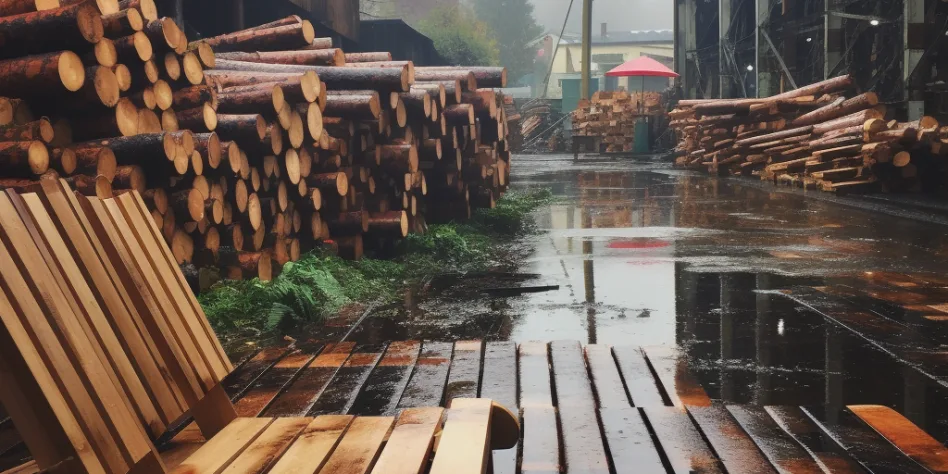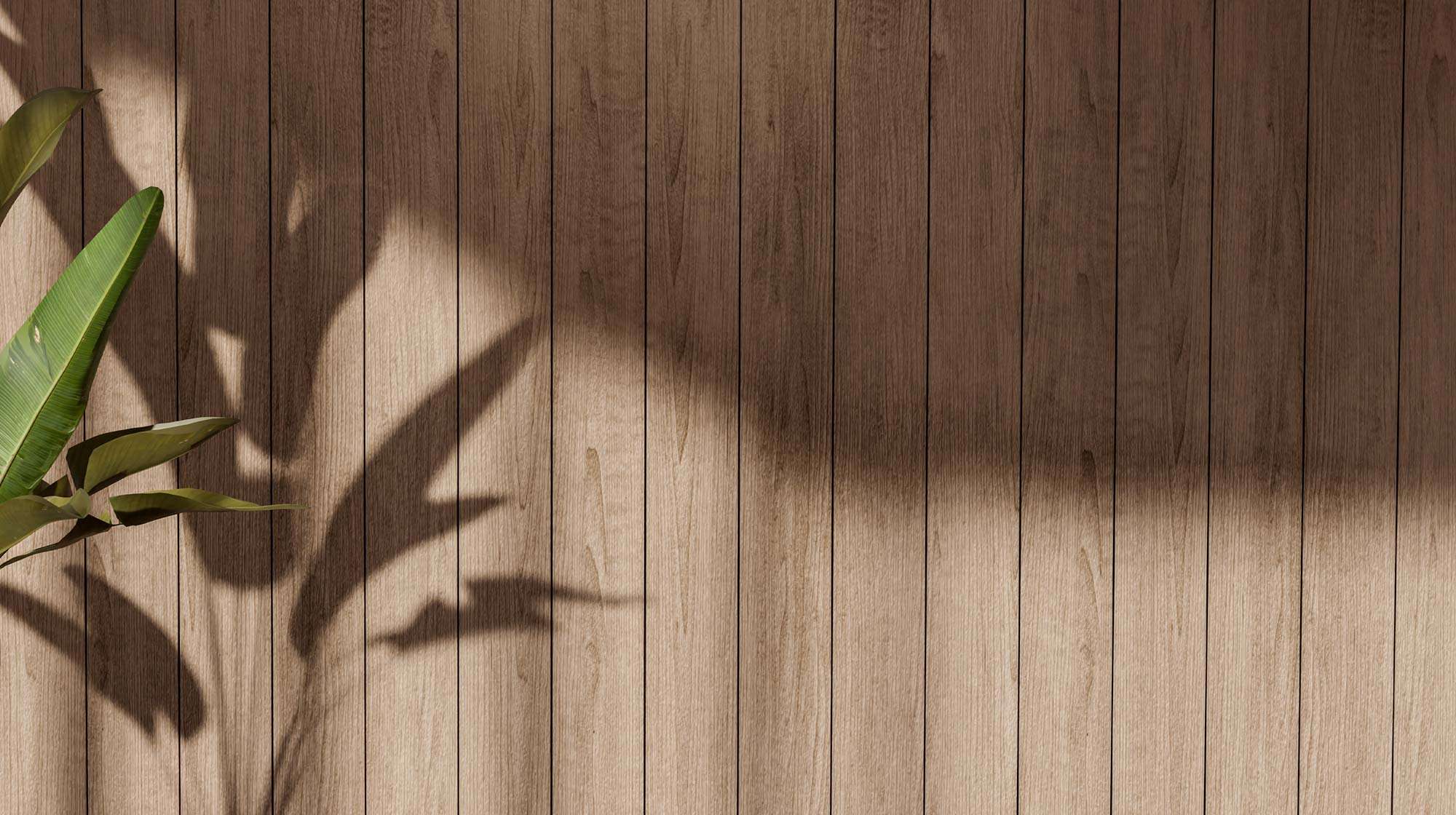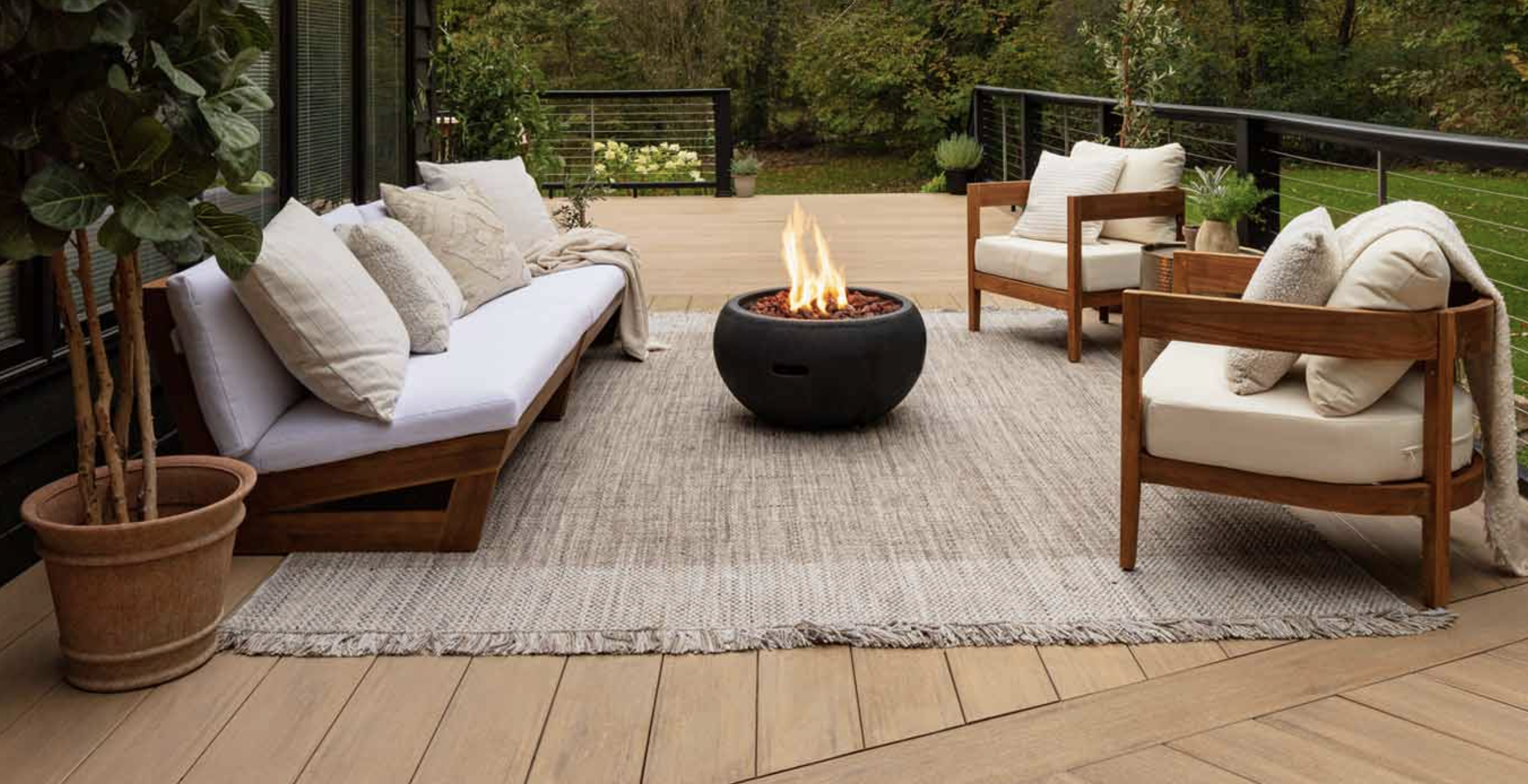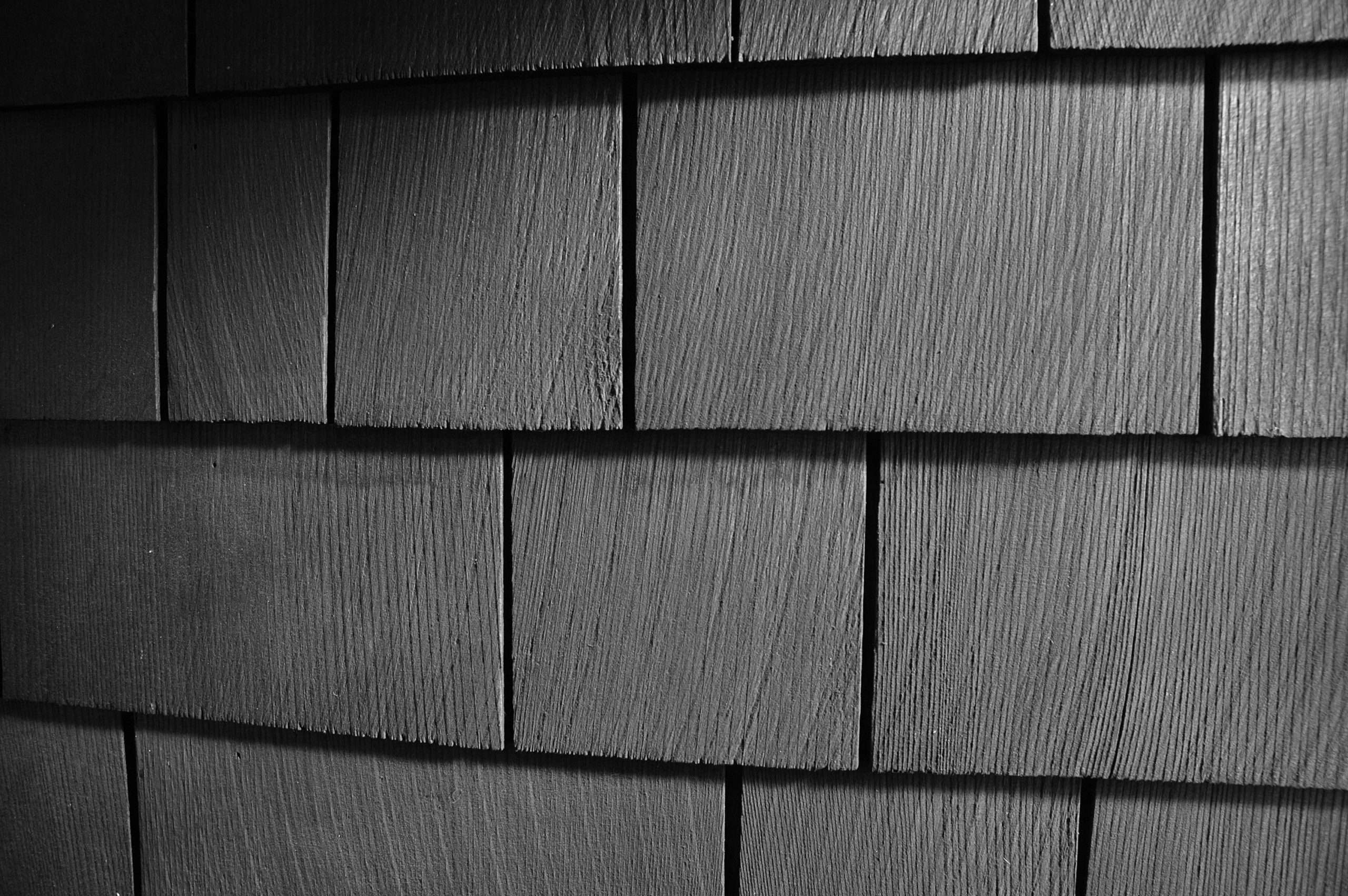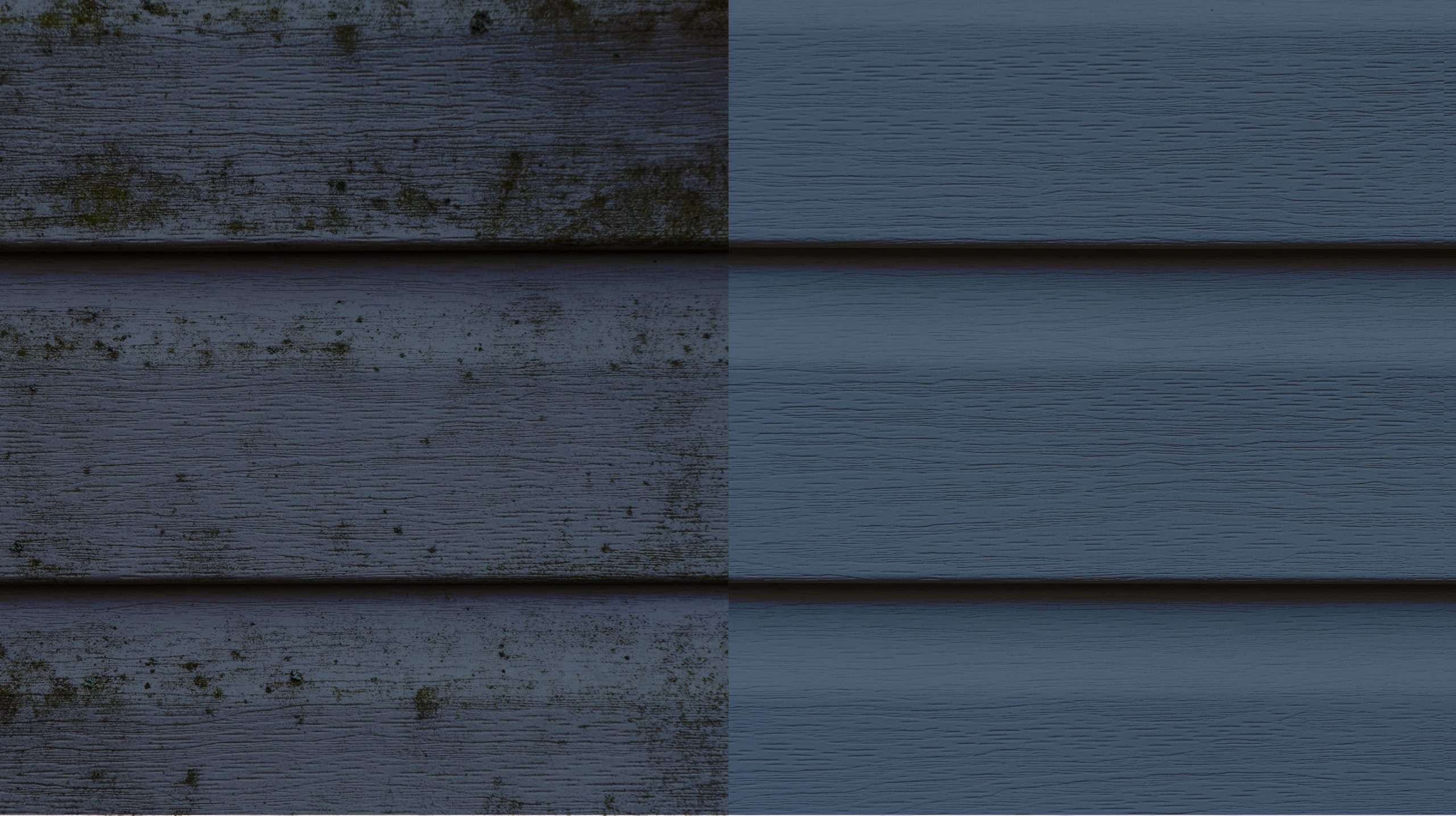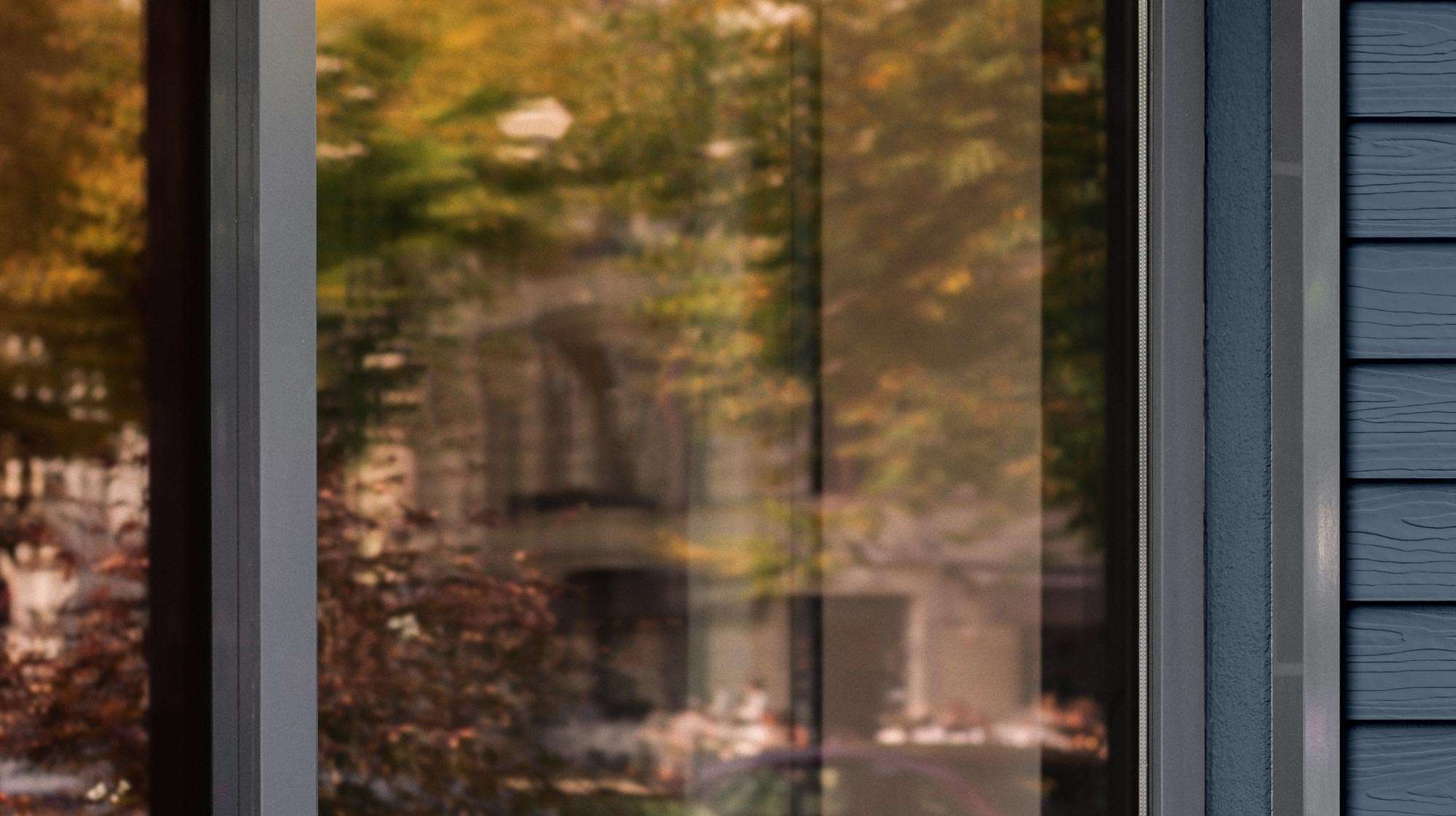For humans, water is a critical component to life, as is the case for living trees. But water is the kryptonite when it comes to dead wood, better known as lumber that you use on your homes and decks.
The moisture content in wood plays a crucial role in both the painting process and the structural integrity of wooden structures. Wood, being a hygroscopic material, naturally absorbs and releases moisture from the surrounding environment. The level of moisture in wood can significantly impact how paint adheres to its surface and the overall durability and stability of the wood itself.
Table of Contents
- How Does Moisture Content Affect Painting
- Moisture Content and Wood's Structural Integrity
- Measuring and Adjusting Moisture Content
- Best Practices for Painting and Construction
- Conclusion
How Does Moisture Content Affect Painting
When painting wood, the moisture content must be at an optimal level to ensure proper paint adhesion and a lasting finish. Wood that is too moist may result in poor adhesion, peeling, or an uneven application. High water content in wood also results in a longer dry time for the applied coating, altering the durability of the coasting. Furthermore, when the wood is too wet, the tannins, or naturally tinted oils, from within the wood can bleed through the paint.
Moisture Content and Wood's Structural Integrity
The structural integrity of wood is also affected by its moisture content. Both excessively dry and overly moist wood can present structural challenges. Wood that is too damp has the potential to swell from water absorption, leading to warping or twisting. When a home is constructed using wood that has a high moisture content, the wood serves as a breeding ground for dry rot, since dry rot thrives in moist environments.
Measuring and Adjusting Moisture Content
Before painting or using wood for construction, it is essential to measure and, if necessary, adjust its moisture content.
- Moisture Meters: These devices can accurately measure the moisture content of wood, helping determine whether it's ready to be painted or used in construction.
- Acclimatization: Allowing wood to acclimatize to its environment before use can help stabilize its moisture content.
Best Practices for Painting and Construction
To ensure the best results when painting and installing wood, consider the following:
- Always check the moisture content using a moisture meter.
- Ensure that the wood surface is clean, dry, and sanded prior to painting.
- Use appropriate paints and primers. There are certain paints and primers that are designed to work better with specific moisture levels in wood.
- Allow for expansion and contraction. Design joints and assemblies to accommodate the natural expansion and contraction of wood due to moisture changes.
- Allow time for the wood to dry out. If the wood has a higher moisture content than desired, leave the wood out in a sunny, dry spot until it has reached the optimal moisture amount.
Conclusion
Don’t let overly moist wood soil your home project. Managing the moisture level in wood ensures not only an aesthetically pleasing paint job but also a durable and stable wooden structure. Contact Rogall + Co. today to gather more information on managing moisture levels in wood.
